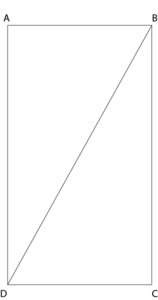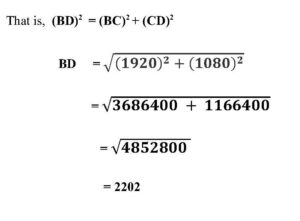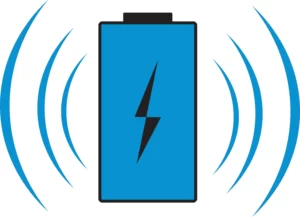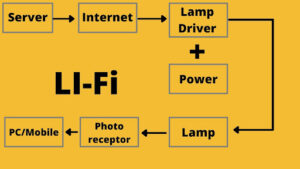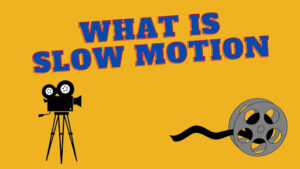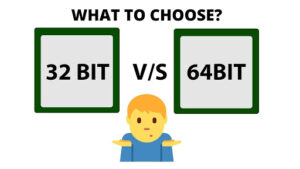
What is PPI?
Whenever
we talk about a display screen, we mention the PPI word there. But we may not
know many times what this PPI actually works for. We do not even try to know
the importance of this PPI.
we talk about a display screen, we mention the PPI word there. But we may not
know many times what this PPI actually works for. We do not even try to know
the importance of this PPI.
PPI’s full name is Pixels per
Inch. Before knowing what PPI is, we need to know what is a pixel? Pixel is the
smallest particle with which we can create a large display screen. Each pixel
is made with three colours: red, green and blue. These three colours are actually
three different lights. We can create any colour by controlling them. The
separate colour lights of these three colours are so small that they are almost
invisible to the naked eye. The closer the pixels are to any screen, the better
the screen will be and the more visible the picture on the screen will be.
Inch. Before knowing what PPI is, we need to know what is a pixel? Pixel is the
smallest particle with which we can create a large display screen. Each pixel
is made with three colours: red, green and blue. These three colours are actually
three different lights. We can create any colour by controlling them. The
separate colour lights of these three colours are so small that they are almost
invisible to the naked eye. The closer the pixels are to any screen, the better
the screen will be and the more visible the picture on the screen will be.
When the first mobile
phones came on the market, their screen resolution was so low that every pixel
was barely visible. Even up to 2013, there were many Android phones in the
market where the pixels on the screen were barely visible. As a result, even
though those phones were Android operating systems, their screen image was not
very good. This is not the case with the phone itself. When the first L.E.D or
L.C.D. TVs came into the market, and the
display screen had a much lower resolution. As a result, the pixels of those
display screens were easily visible to the naked eye. But now the 8K resolution
has come on the television and the pixels on the screen are almost invisible to
the naked eye. But whether the phone or the television, the PPI is increased
after a certain amount, it does not affect our eyes. Because our eyes have some
limitations. If you install a 4K resolution display on a phone with a 5-inch
display, there will not be any better results.
phones came on the market, their screen resolution was so low that every pixel
was barely visible. Even up to 2013, there were many Android phones in the
market where the pixels on the screen were barely visible. As a result, even
though those phones were Android operating systems, their screen image was not
very good. This is not the case with the phone itself. When the first L.E.D or
L.C.D. TVs came into the market, and the
display screen had a much lower resolution. As a result, the pixels of those
display screens were easily visible to the naked eye. But now the 8K resolution
has come on the television and the pixels on the screen are almost invisible to
the naked eye. But whether the phone or the television, the PPI is increased
after a certain amount, it does not affect our eyes. Because our eyes have some
limitations. If you install a 4K resolution display on a phone with a 5-inch
display, there will not be any better results.
Here, if we compare this
image to a mobile screen, we can very easily measure PPI. Let’s say this is a
1920 x 1080 resolution screen. However, this screen has AB = 1080 pixels and BC
= 1920 Pixels. Now to determine the PPI of this screen, you need to first
determine how many pixels are in the BD. Then calculate how many pixels per
inch between B and D.
image to a mobile screen, we can very easily measure PPI. Let’s say this is a
1920 x 1080 resolution screen. However, this screen has AB = 1080 pixels and BC
= 1920 Pixels. Now to determine the PPI of this screen, you need to first
determine how many pixels are in the BD. Then calculate how many pixels per
inch between B and D.
Now using the Pythagoras formula
here, we can calculate how many pixels there are in BD.
here, we can calculate how many pixels there are in BD.
Using In the Pythagoras formula it was found that B to D has a total of 2202 pixels. We
know that the length of any display screen is scaled between two opposite
angles. That is if the length of BD or AC is 5 inches then the number of
pixels per inch will be = (2202/5) = 440
know that the length of any display screen is scaled between two opposite
angles. That is if the length of BD or AC is 5 inches then the number of
pixels per inch will be = (2202/5) = 440
colours But even if your phone’s display screen is PPI 300, you will still be able to clearly see all the
pictures.
pictures.
